Ojo de Ibiza
Dieter Meier’s Ibizan love affair with Bacchus
Ojo de Ibiza – Dieter Meier’s Ibizan love affair with Bacchus

»Dieter had often complained in the past that there was no exceptionally good red wine on Ibiza.«
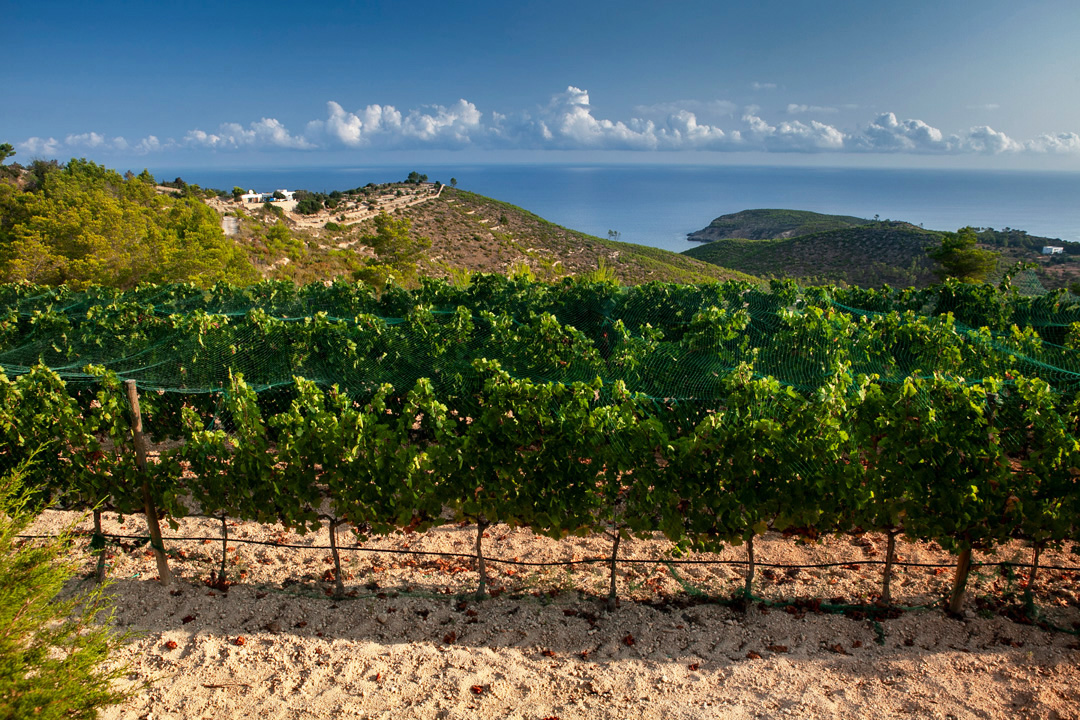
When did Dieter Meier decide to grow wine on Ibiza and how did it come about?
Dieter has been coming here on holiday for many years and had often complained in the past that there was no exceptionally good red wine here on Ibiza. In 2011, he was once again on the island and brought up exactly this complaint at a dinner party that took place at a friend’s house.
The kitchen help at that time had overheard this and told the Dieter’s friend the day after the dinner party that her family had been growing wine on Ibiza for generations, but now the vineyard had been lying fallow for years. One day later, Dieter Meier visited the hills, and it was immediately clear to him that there was an insane potential hidden here to really produce a great red wine.
What were the next steps?
We invited our partners from Global Wine, who also take care of the production in Argentina, to the island to check the old stock of vines and take soil samples. Relatively quickly it became obvious that it was no longer possible to produce a premium red wine with the existing vines.
They settled on the grape varieties Cabernet, Monastrell and Syrah and started planting seedlings from France at the end of 2012. Dieter Meier’s goal and philosophy was clearly formulated: he wanted to produce the best possible red wine on this terrain.
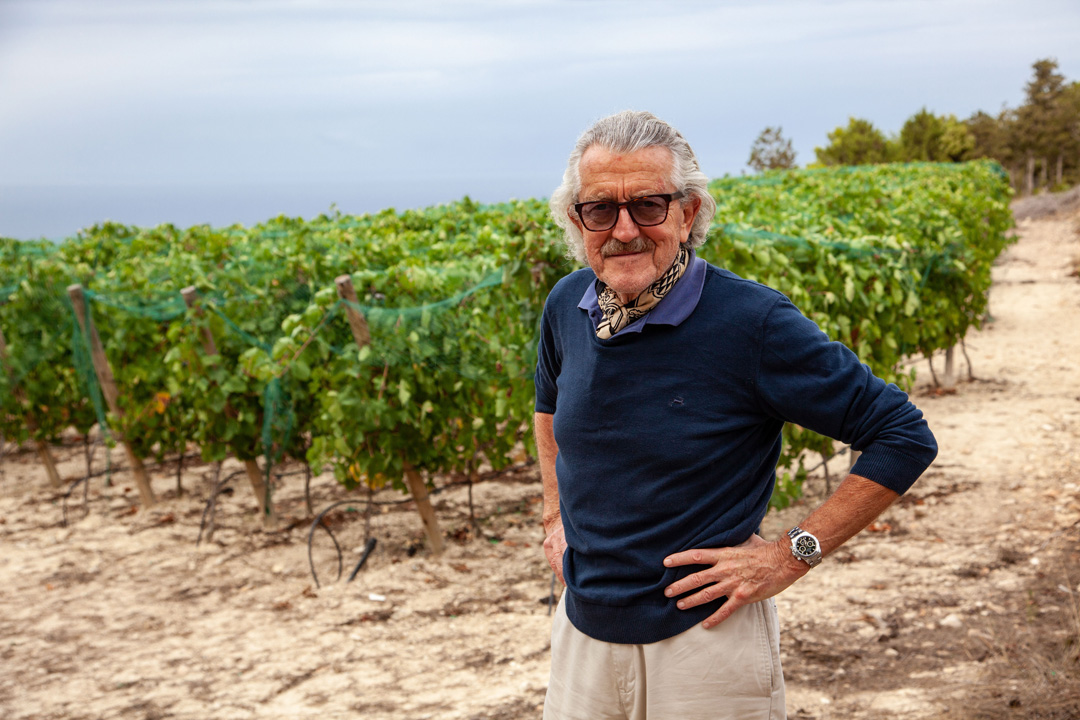
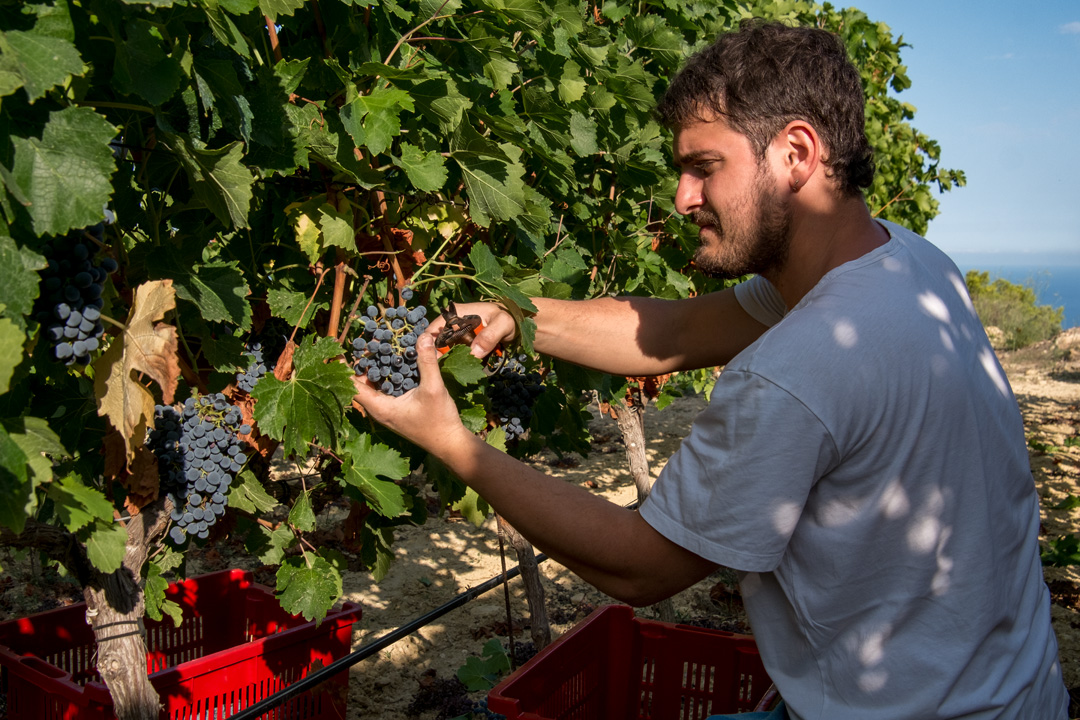
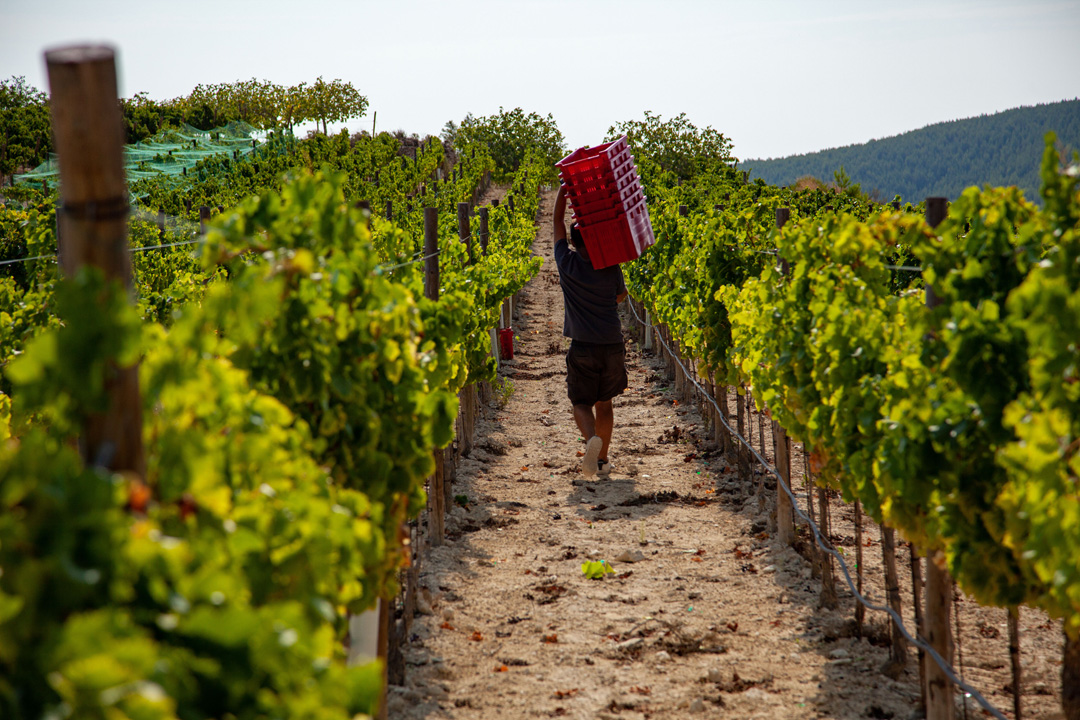
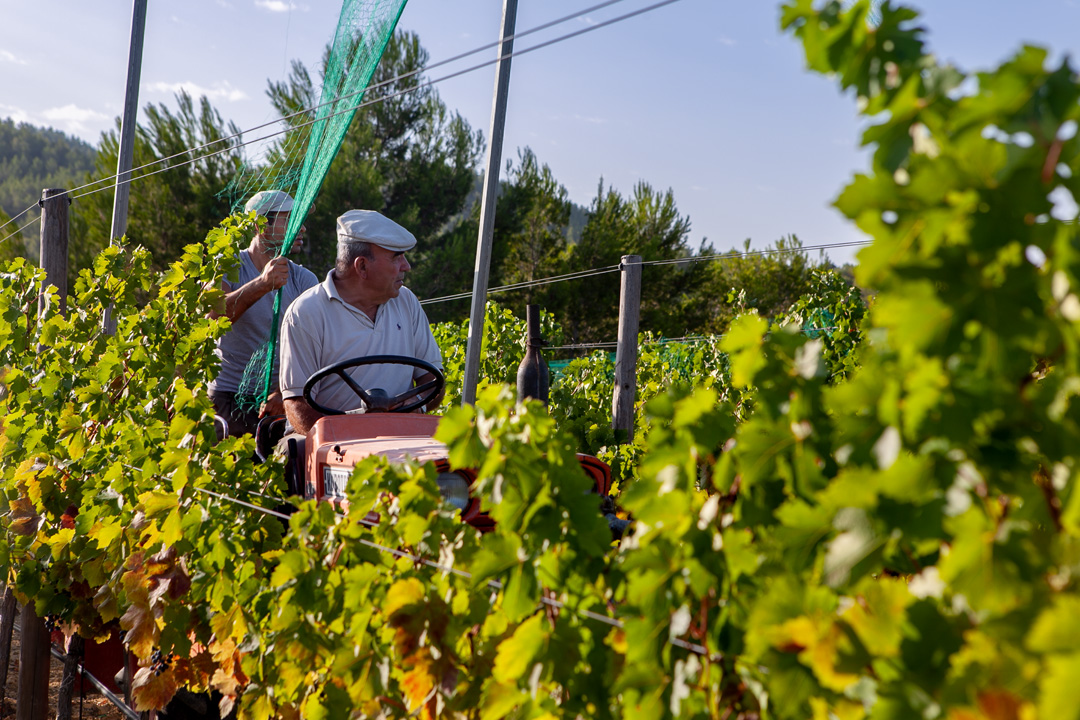
And the site with all its terraces was immediately ready for use again?
Unfortunately, not. Since the vineyard had completely collapsed, the terraces first had to be completely rebuilt. This was a special achievement and a labour of love as we could not bring heavy equipment up here because of the lack of a properly constructed access road. In addition, Ibizan farmers actually helped us with the help of dowsing rods to locate the right point for drilling a well on the property to ensure the water supply.
Speaking of water. Do the vines need a lot of it in this very hot climate in summer?
Wine is basically a very comfortable plant, so to say and the more you give the wine, the lazier it gets. But the more you stress the wine, the more it has to work hard to pull the nutrients out of the soil. And that, of course, is our goal. So, we deliberately water with the least amount possible so that the wine roots itself particularly deeply in the soil and brings the character of the earth into the grapes.
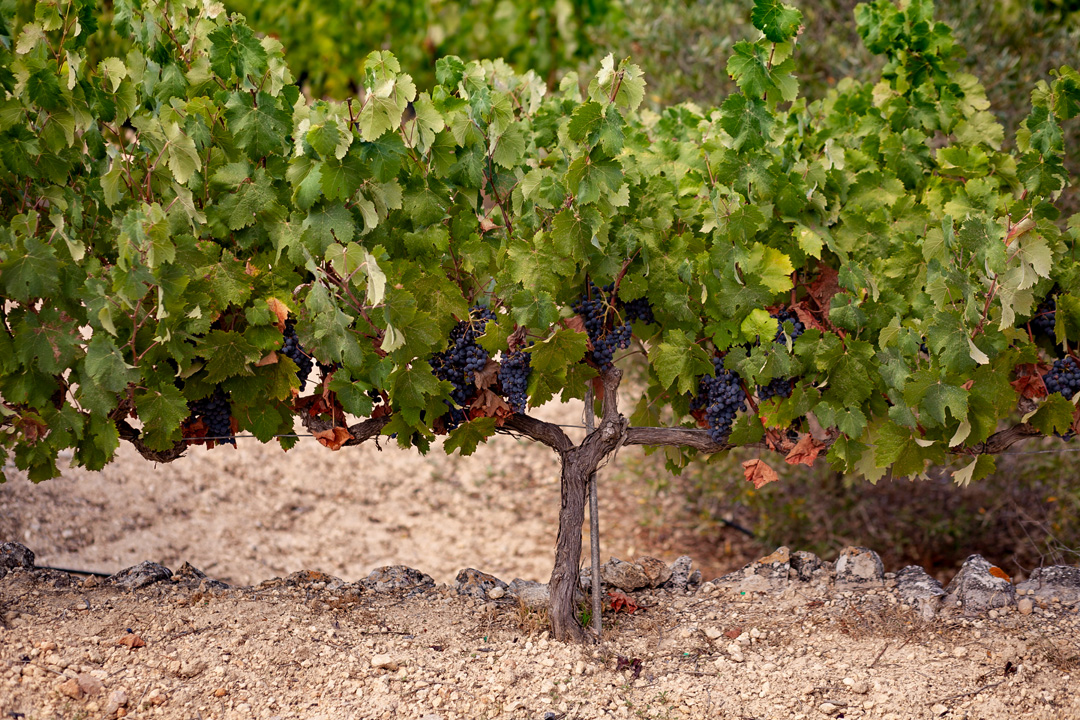
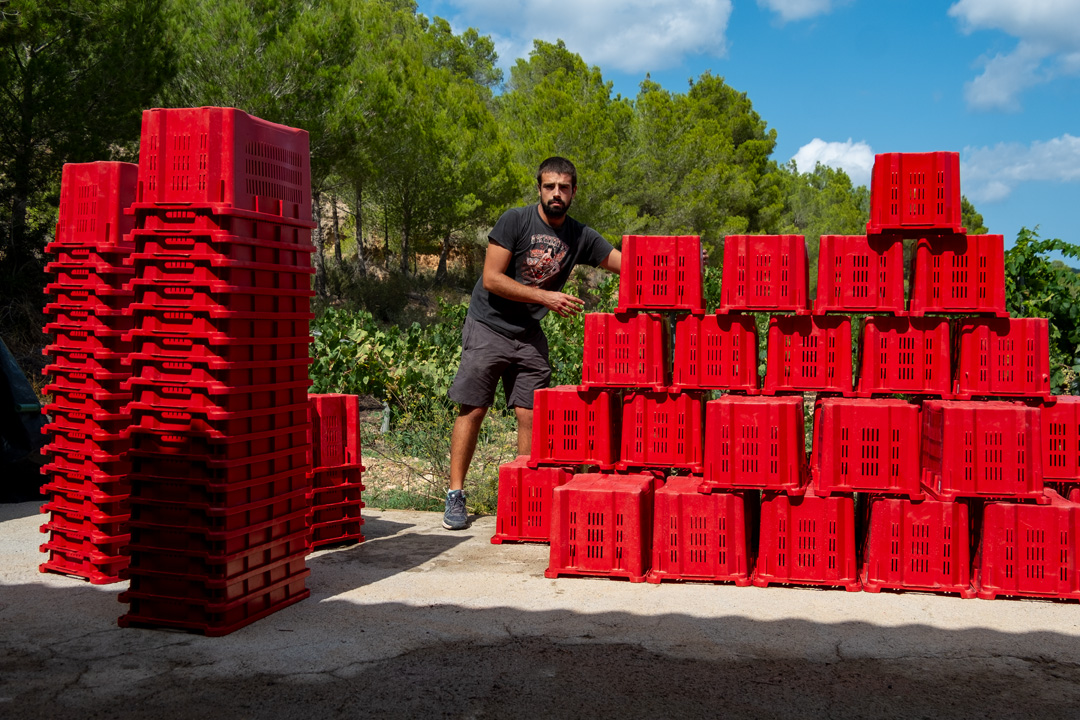
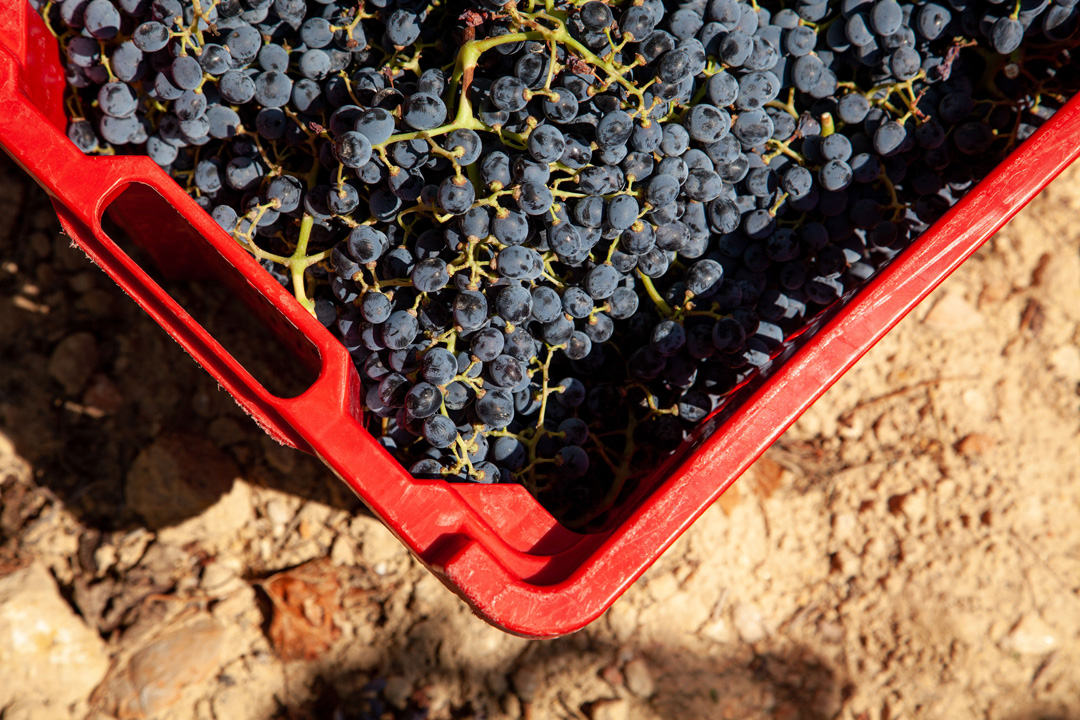
How long did the whole process, from finding the vineyard in 2012 to the very first tasting, actually take?
Ultimately, seven years. From 2012 to 2015 was the preparation period, in 2016 we harvested the first crop that went to market for the first time in 2019.
Are you satisfied with the feedback from the market, the wine critics and the gastronomy so far?
We are very satisfied and fortunately always sold out. Initially, however, there were many experts who did not want to believe that the wine was actually from the island. It is always a great pleasure for us to be able to convince all the disbelievers of the opposite at a wine tasting her on site (smiles). I’ve already had great evenings here with wine lovers from Texas, Hong Kong, Singapore, Shanghai, Berlin and Zurich, all of whom we were able to inspire.
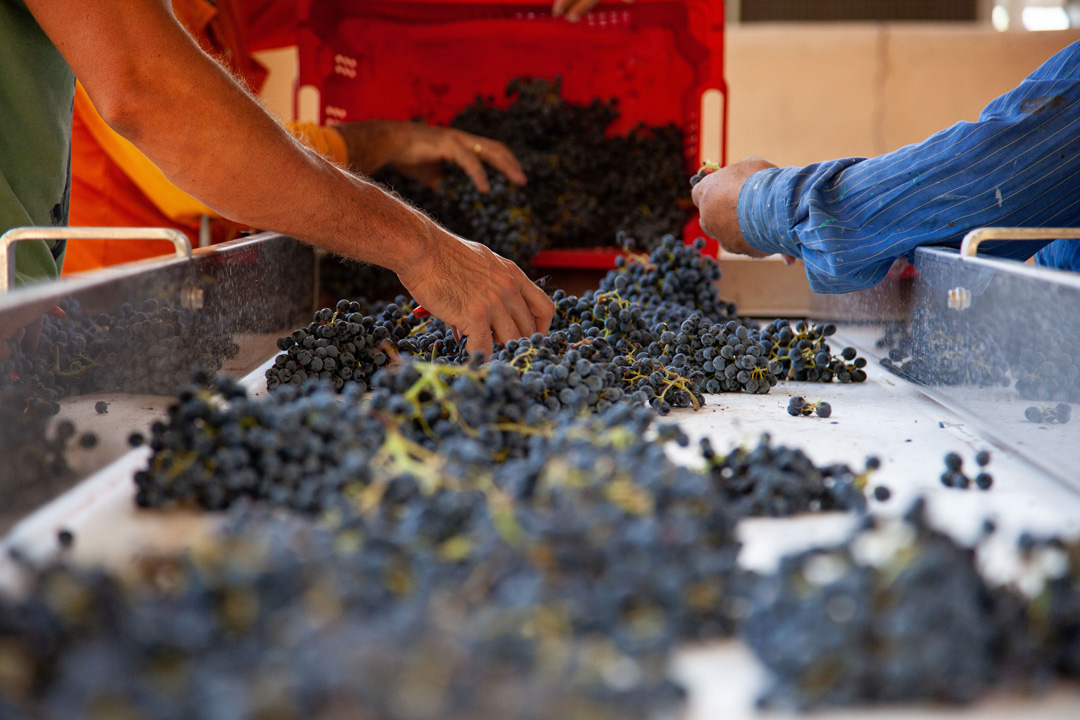
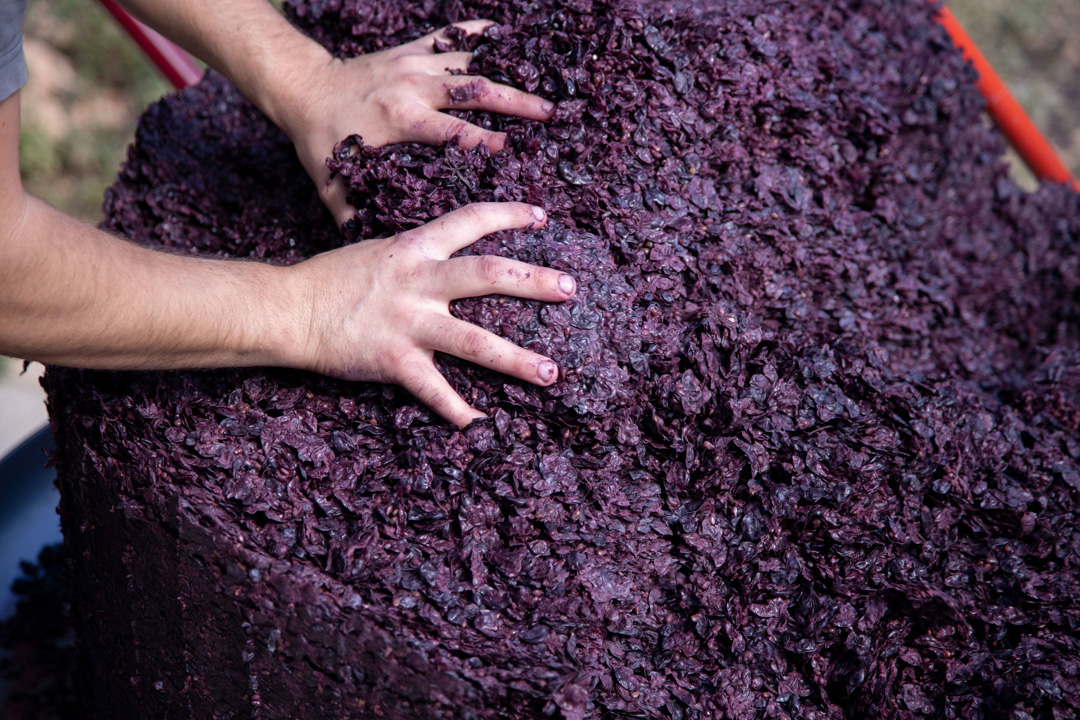
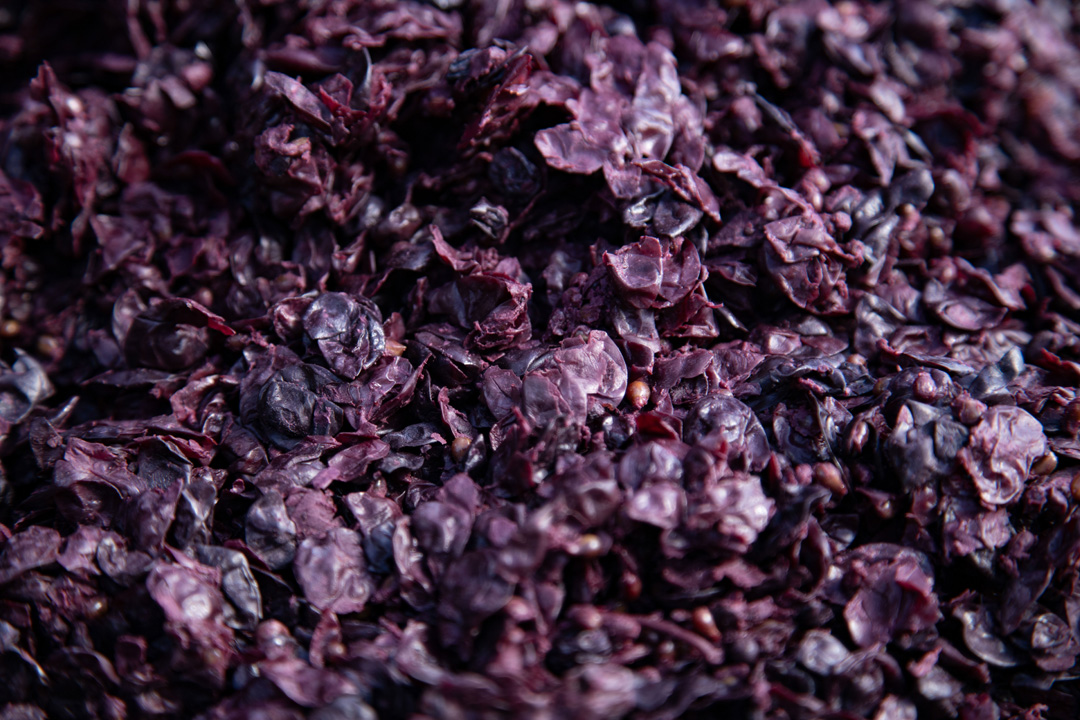
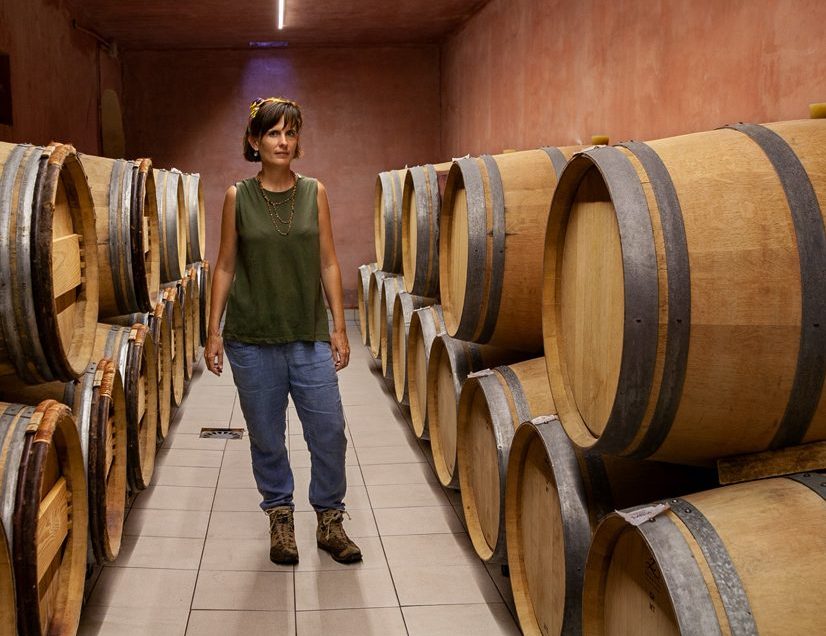
Ojo de Ibiza is a composition of the grape varieties Cabernet, Monastrell and Syrah. Who defines this composition and how should one imagine the process?
We have twelve terraces on the terrain. Each terrace is fermented separately in steel tanks. After three weeks, the fermentation is complete and then the wine goes into the barrel for a year, separated according to the respective terrace. Then the main work of Laura, our general manager and our chief oenologist, begins. Depending on the harvest results, she defines the profile of the cuvee. It varies every year, but still has the clear briefing to remain in the tradition of the previous vintages.
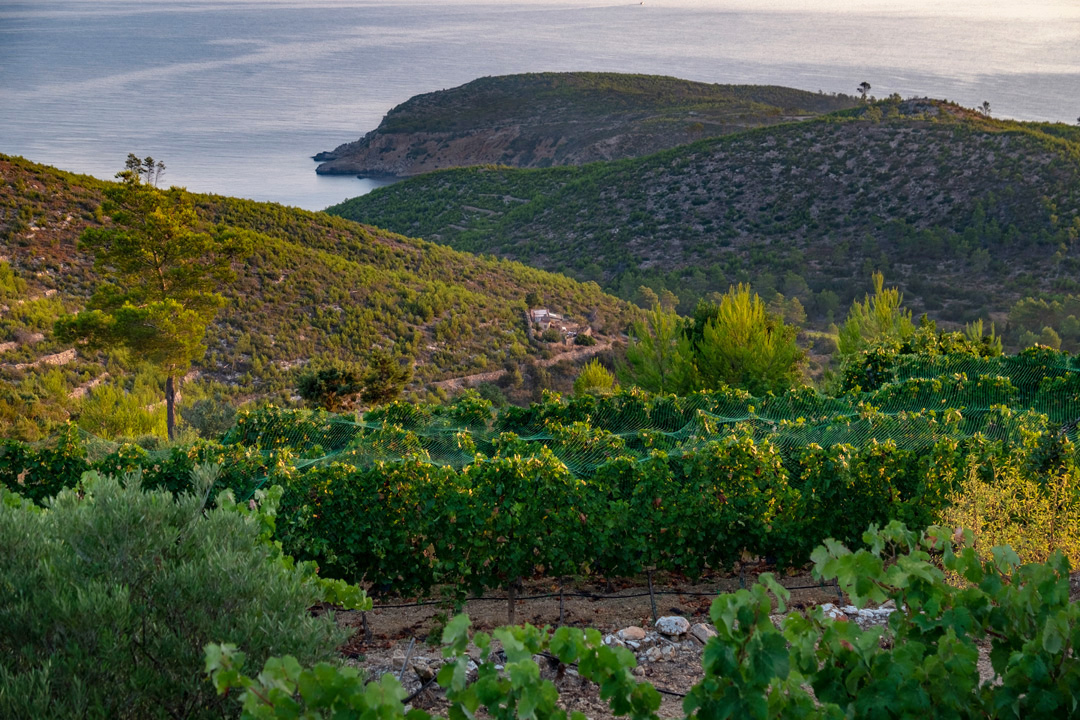
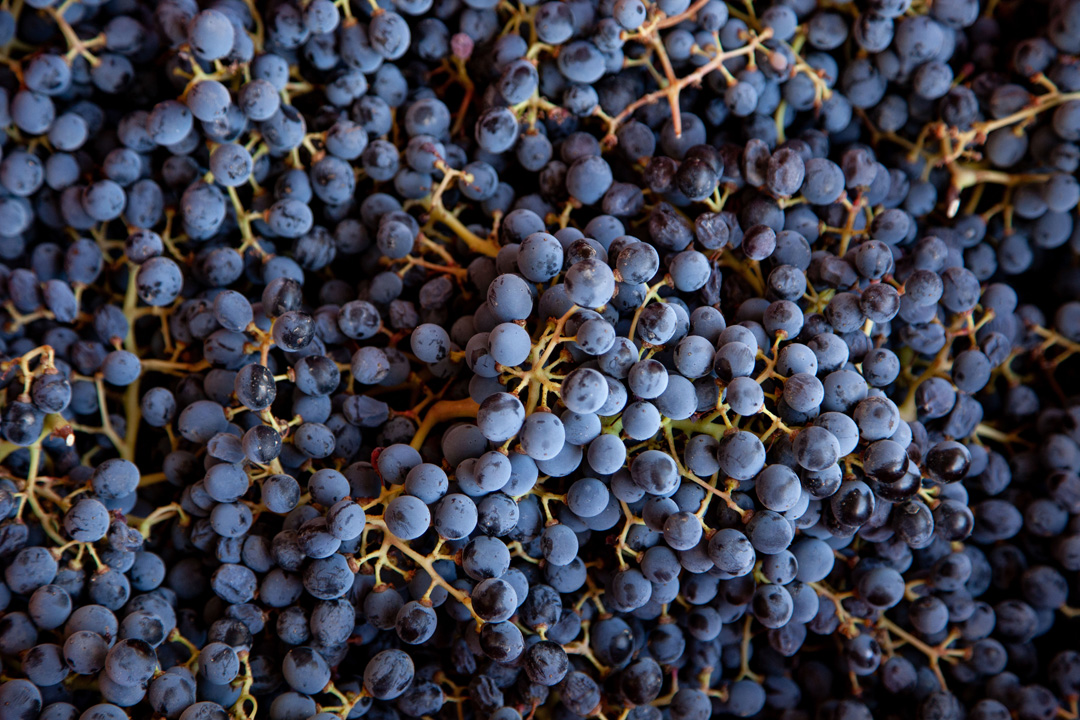
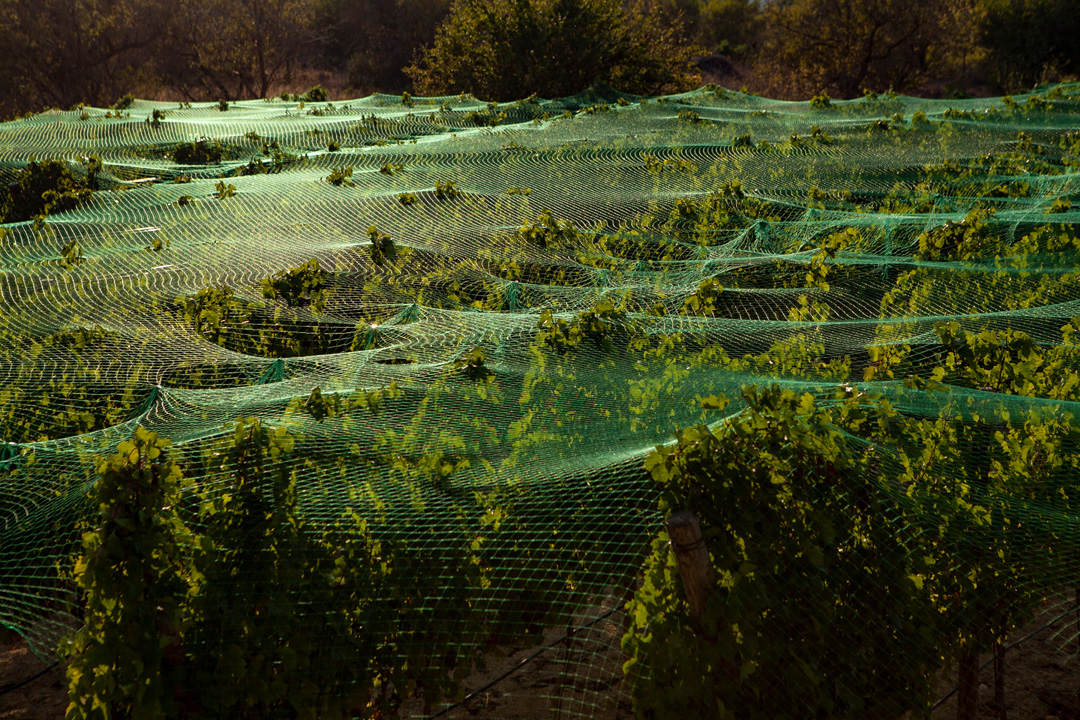
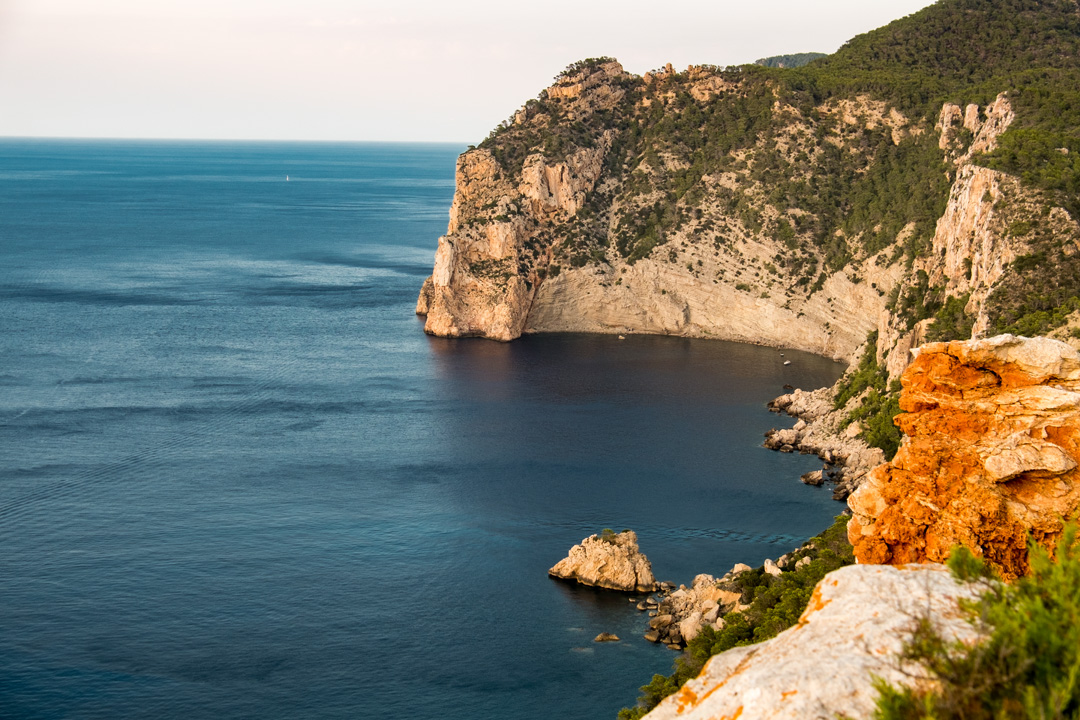
Talking about food, may you tell us a little bit about the culinary concept of the Giri?
First of all, we are in love with quality products, we like colour, we like crunchiness, and we like contrasts. And above all, we like taste. We use fresh ingredients carefully selected, in many cases proceeding from local or organic production in Ibiza and from our own vegetable garden.
The best ingredients allow recipes to be simple and straightforward. The result is honest, tasty, food, that bursts with life, color, nutrients and of course with the love that we put into every step.
The vineyards were in transition to organic cultivation. When will this transition period be completed and organic certification be available?
Spanish legislation states that you have to have three consecutive years of purely organic viticulture before you can be certified, and that is the case with the 2018 vintage. Fortunately, the soils were not contaminated and so we were able to grow organically from the beginning.
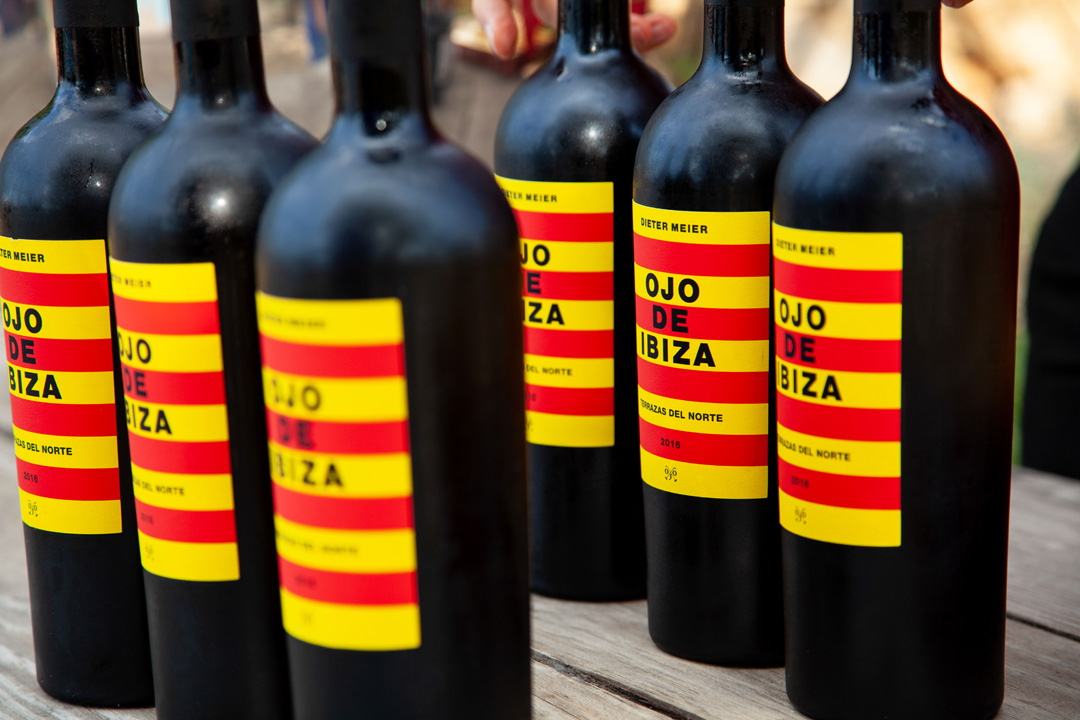
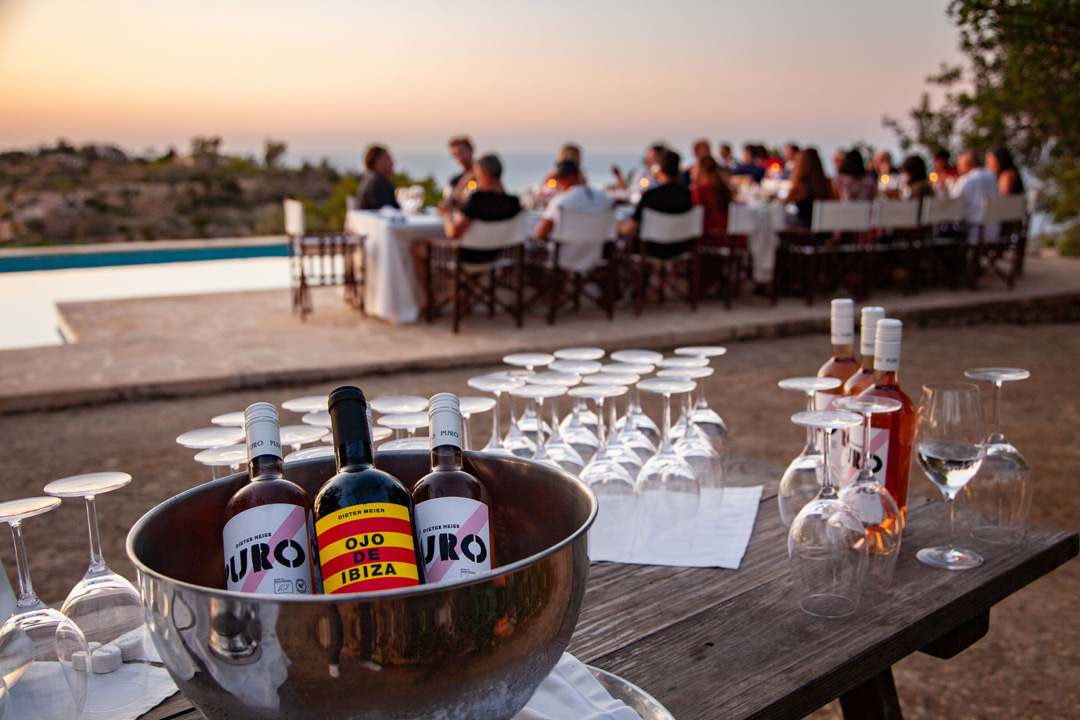
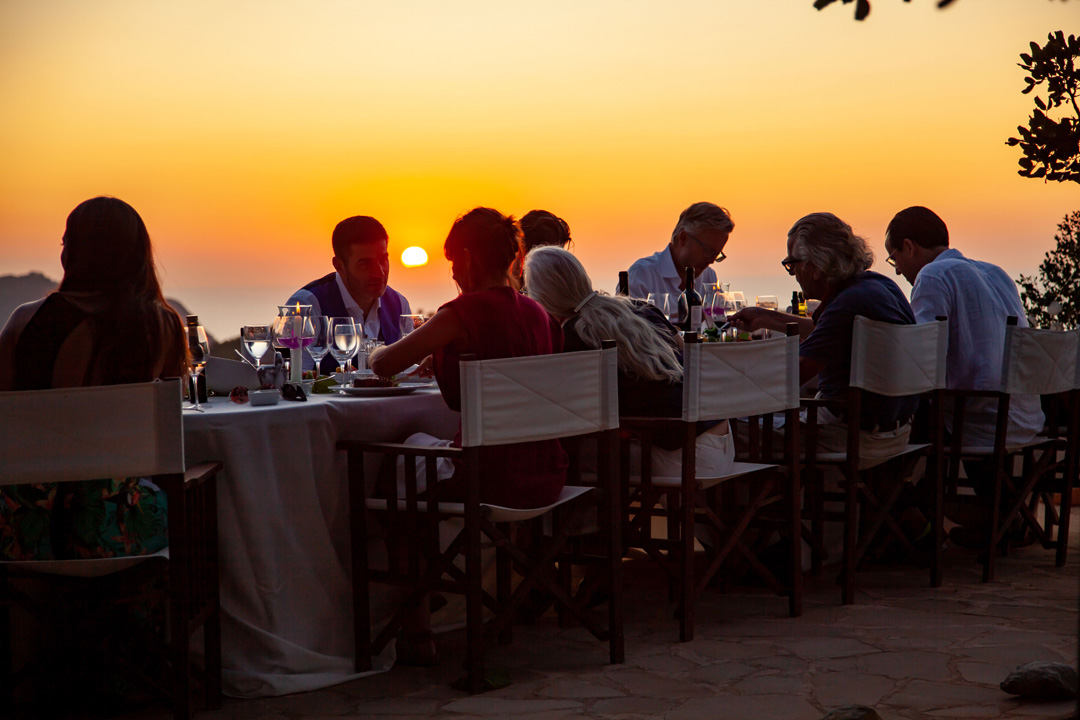
At present, production is just under 3,900 bottles per vintage. Will the organic certification reduce the future number of bottles even more or will it remain at about the same volume?
We could produce 8,000 bottles but it was and is Dieter’s explicit wish to produce the best in class, so we will stick to nearly 4,000 bottles per year at this terrain. We practice the Green Harvest methodology here. Before the grapes change their colour from green to purple, we cut half of them down.
The idea: if ten grapes are hanging on the vine, the nutrients go into just these ten grapes, but if you cut five away, the same amount only goes into the five grapes that are left. We reduce the amount to make sure that what we leave on the vine can absorb the maximum of nutrients and intensity.
The vintage period is in August, right?
Exactly. Whether it comes to harvest in the middle or end of August is decided by the weather. We always have three to four days of summer storms in Ibiza in August. And depending on how intense they are and when they occur, we schedule the week of the harvest. In this week, due to the very high heat during the day, we harvest from 7 a.m. to about 10 a.m. and in the evening from 6 p.m. to 9 p.m..
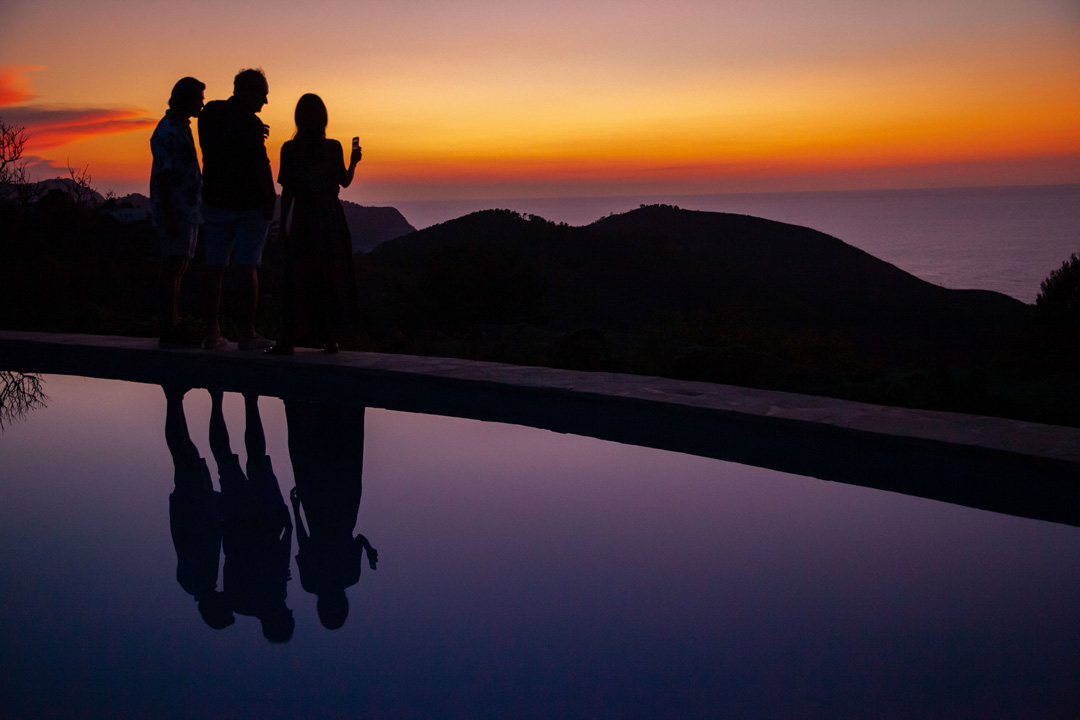
Will there also be a white wine or rosé in the future?
In fact, we will produce a second and third wine. We planted another 20,000 new vines in the San Mateo area last year with the goal to produce a second red wine and maybe a Rose in the nearby future. Just last week we had first tastings, and it was very promising (smiles).
Thank you, Johannes!


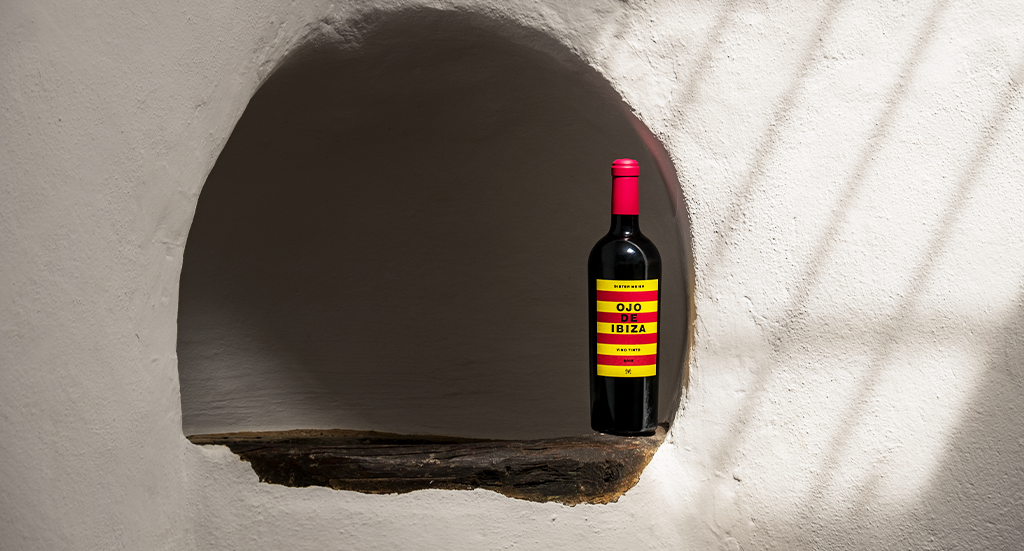
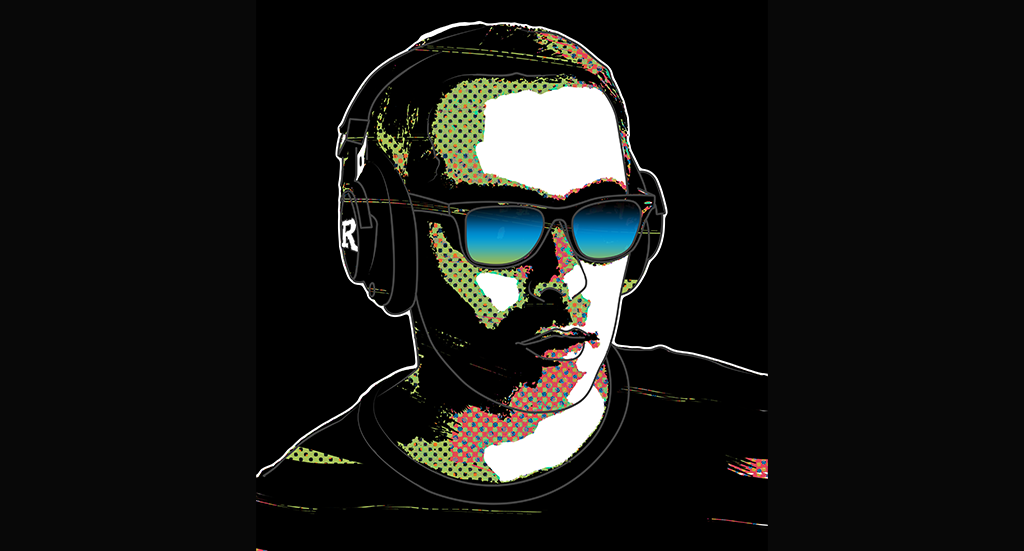
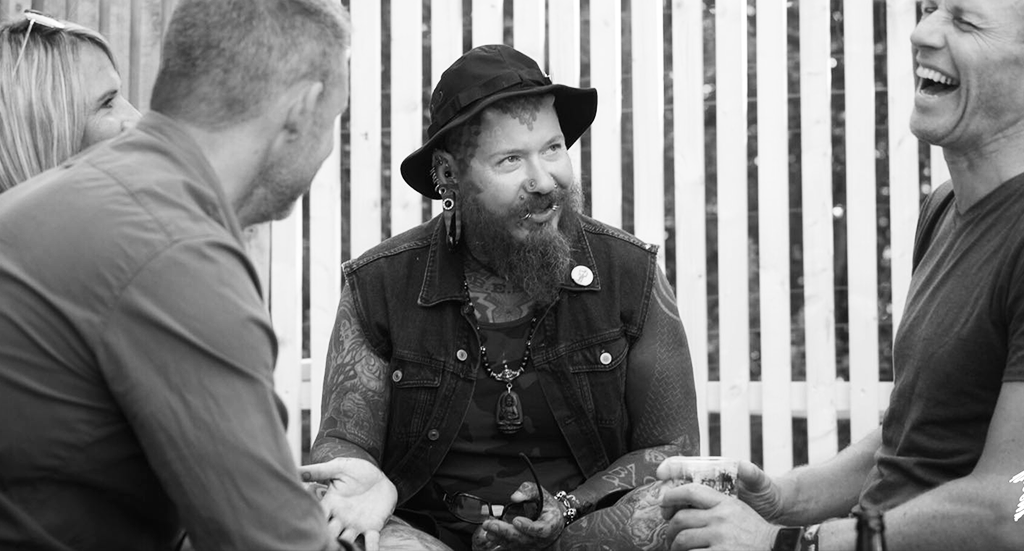
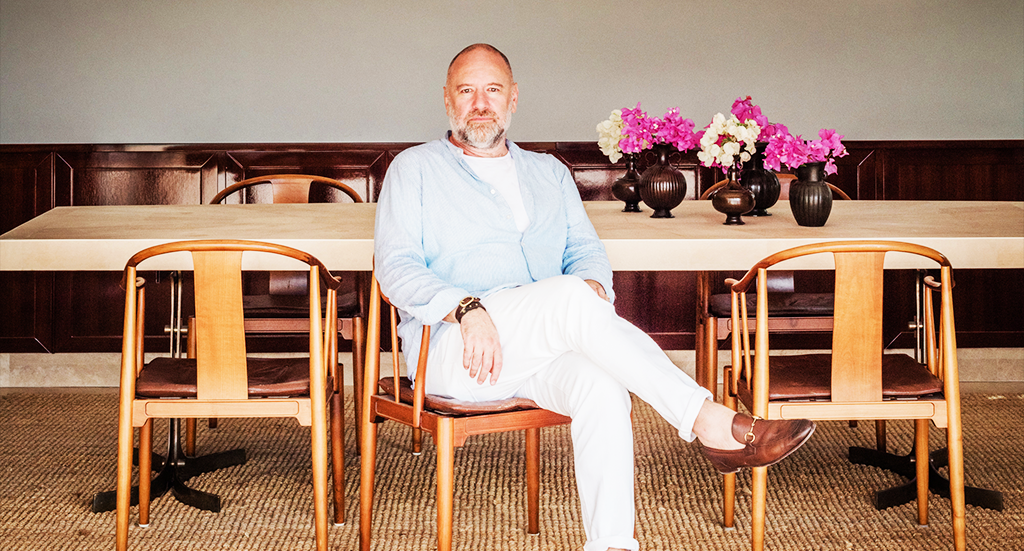
Join our Community